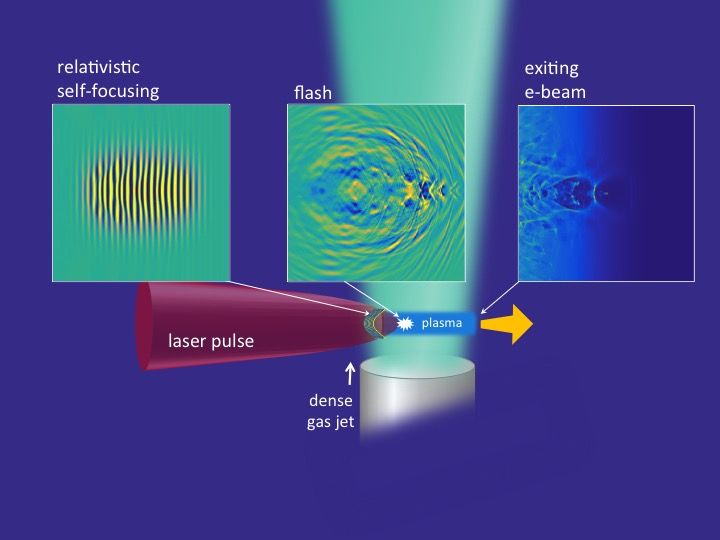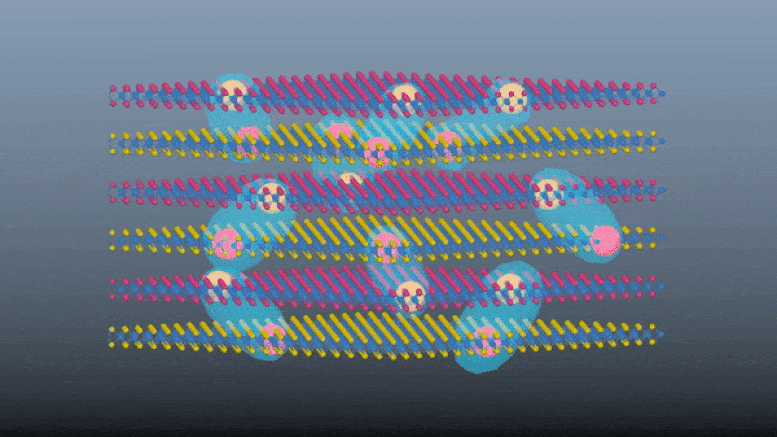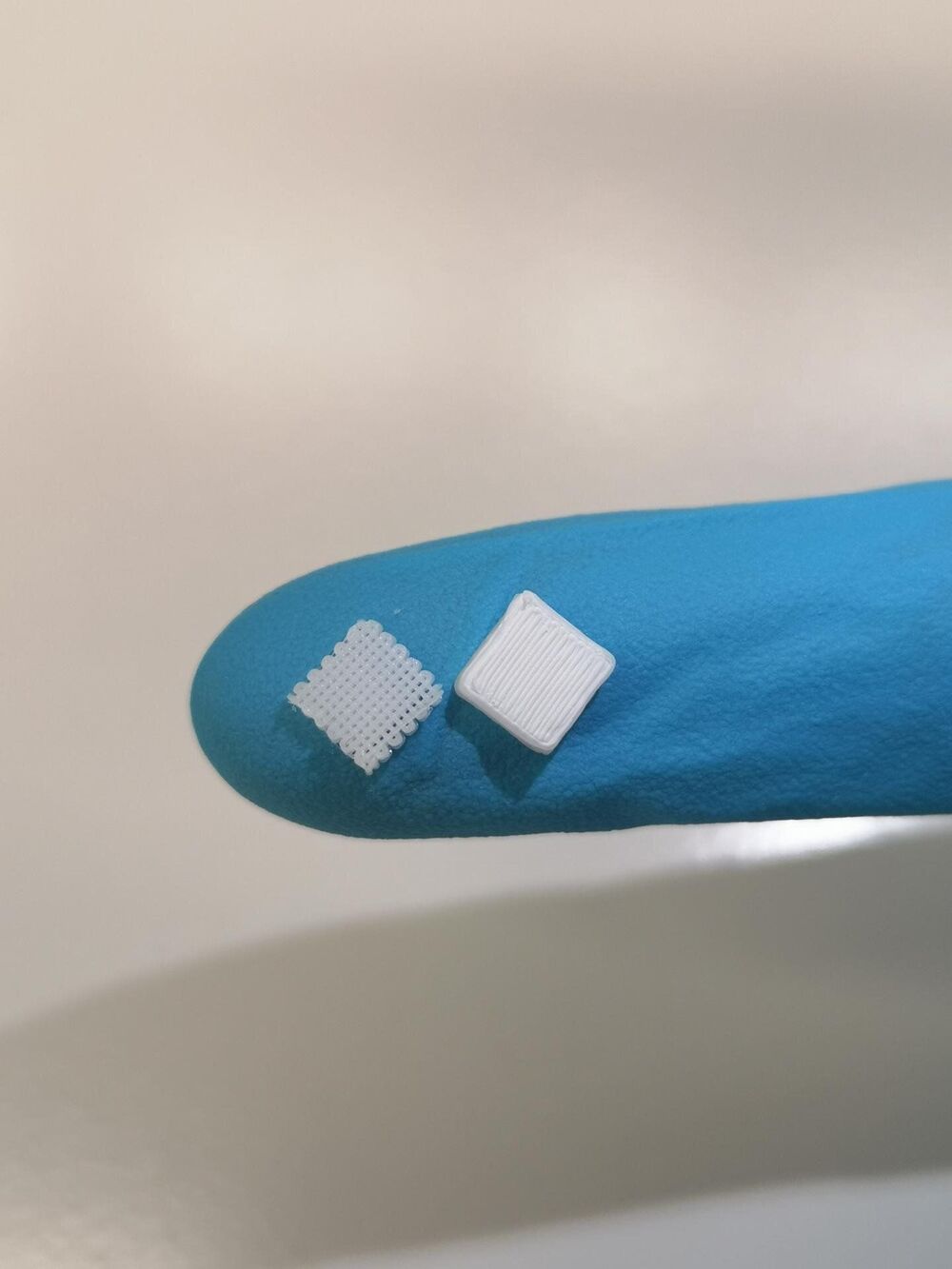Dec 17, 2020
New discovery could enable portable particle accelerators
Posted by Quinn Sena in categories: biotech/medical, engineering
Circa 2015
Conventional particle accelerators are typically big machines that occupy a lot of space. Even at more modest energies, such as that used for cancer therapy and medical imaging, accelerators need large rooms to accommodate the required hardware, power supplies and radiation shielding.
A new discovery by physicists at the University of Maryland could hold the key to the construction of inexpensive, broadly useful, and portable particle accelerators in the very near future. The team has accelerated electron beams to nearly the speed of light using record-low laser energies, thus relieving a major engineering bottleneck in the development of compact particle accelerators. The work appears in the November 6, 2015 issue of the journal Physical Review Letters.
Continue reading “New discovery could enable portable particle accelerators” »


















